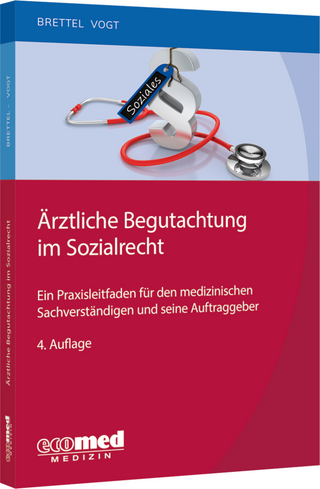
Health and Community Design
The Impact Of The Built Environment On Physical Activity
Seiten
2003
Island Press (Verlag)
978-1-55963-917-0 (ISBN)
Island Press (Verlag)
978-1-55963-917-0 (ISBN)
A detailed examination of how the built environment encourages or discourages physical activity, drawing on a range of research on the relationships between urban form and public health. It provides information about the factors that influence decisions about physical activity and modes of travel.
Health and Community Design is a comprehensive examination of how the built environment encourages or discourages physical activity, drawing together insights from a range of research on the relationships between urban form and public health. It provides important information about the factors that influence decisions about physical activity and modes of travel, and about how land use patterns can be changed to help overcome barriers to physical activity. Chapters examine: the historical relationship between health and urban form in the United States; why urban and suburban development should be designed to promote moderate types of physical activity; the divergent needs and requirements of different groups of people and the role of those needs in setting policy; how different settings make it easier or more difficult to incorporate walking and bicycling into everyday activities; A concluding chapter reviews the arguments presented and sketches a research agenda for the future.
Health and Community Design is a comprehensive examination of how the built environment encourages or discourages physical activity, drawing together insights from a range of research on the relationships between urban form and public health. It provides important information about the factors that influence decisions about physical activity and modes of travel, and about how land use patterns can be changed to help overcome barriers to physical activity. Chapters examine: the historical relationship between health and urban form in the United States; why urban and suburban development should be designed to promote moderate types of physical activity; the divergent needs and requirements of different groups of people and the role of those needs in setting policy; how different settings make it easier or more difficult to incorporate walking and bicycling into everyday activities; A concluding chapter reviews the arguments presented and sketches a research agenda for the future.
Lawrence Frank is Associate Professor in the City Planning Program, College of Architecture, Georgia Institute of Technology. Peter Engelke is Research Associate in the City Planning Program, College of Architecture, Georgia Institute of Technology. Tom Schmid is Coordinator of the Active Community Environments (ACEs) team in the Division of Nutrition and Physical Activity at the National Center for Chronic Disease Control and Health Promotion, Centers for Disease Control and Prevention.
| Erscheint lt. Verlag | 23.5.2003 |
|---|---|
| Verlagsort | Washington |
| Sprache | englisch |
| Maße | 153 x 229 mm |
| Gewicht | 445 g |
| Themenwelt | Medizin / Pharmazie ► Medizinische Fachgebiete ► Arbeits- / Sozial- / Umweltmedizin |
| Naturwissenschaften ► Geowissenschaften ► Geografie / Kartografie | |
| Technik ► Architektur | |
| ISBN-10 | 1-55963-917-2 / 1559639172 |
| ISBN-13 | 978-1-55963-917-0 / 9781559639170 |
| Zustand | Neuware |
| Haben Sie eine Frage zum Produkt? |
Mehr entdecken
aus dem Bereich
aus dem Bereich
Rechtliche und medizinische Grundlagen für Gutachter, …
Buch | Hardcover (2024)
Erich Schmidt (Verlag)
CHF 277,20
Buch | Softcover (2022)
Arzt + Information (Verlag)
CHF 39,20
ein Praxisleitfaden für den medizinischen Sachverständigen und seine …
Buch | Softcover (2024)
ecomed-Storck GmbH (Verlag)
CHF 97,95


